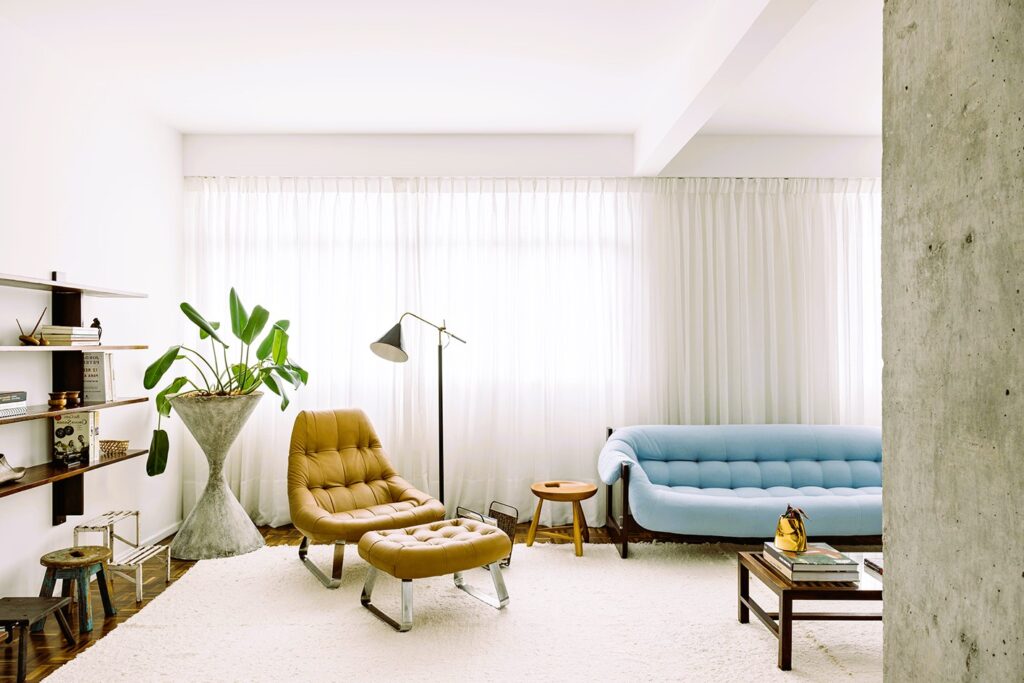Creating a harmonious living environment within a family involves more than just choosing the right furniture and color scheme. It requires an understanding of the unique personalities and preferences of each family member. Designing spaces that cater to individual tastes not only fosters a sense of belonging but also contributes to a home that reflects the diverse identities under one roof. In this exploration, we’ll delve into the art of tailoring spaces for each family member, creating a home that is a true reflection of the varied personalities within.
1. The Individual Essence:
Every family member brings a distinct personality to the household, shaped by interests, hobbies, and personal preferences. Recognizing and celebrating these individual essences forms the foundation for designing spaces that resonate with each person.
2. Personalized Bedrooms:
Start the customization journey with individual bedrooms. These private spaces offer a canvas for personal expression. Allow each family member to have a say in the color scheme, furniture, and decor of their room. Personalized bedrooms become retreats where individual personalities can shine.
3. Collaborative Design Discussions:
Involve family members in design discussions to understand their preferences. Whether it’s choosing a new sofa for the living room or deciding on the color palette for shared spaces, collaborative decision-making fosters a sense of inclusion and ensures that everyone feels heard.
4. Multi-Functional Spaces:
Designing multi-functional spaces allows for versatility and accommodates diverse interests. Consider incorporating reading nooks, study corners, or hobby areas within shared spaces. This approach ensures that each family member has a designated space for activities they enjoy.
5. Flexible Furniture Arrangements:
Flexibility in furniture arrangements allows for easy adaptation to changing needs. Consider modular furniture or adjustable pieces that can be rearranged to suit different preferences. This flexibility accommodates evolving tastes and lifestyles.
6. Personalized Decor Touches:
Infuse personalized decor touches that resonate with individual interests. Whether it’s displaying artwork, showcasing a collection, or incorporating memorabilia, these touches add character and tell the unique story of each family member.
7. Color Psychology:

Understand the psychological impact of colors and incorporate them strategically. Different personalities may be drawn to specific colors that evoke particular emotions. Create a balanced color palette that reflects the collective spirit of the family while allowing for individual nuances. The art of mixing patterns, read our guide to bold interior design.
8. Zoning in Shared Spaces:
In shared spaces, create zones that cater to different activities or preferences. For example, designate a cozy corner for reading, a gaming zone, or a space for creative pursuits. Zoning ensures that each family member has a dedicated spot tailored to their preferences.
9. Personalized Workspaces:
In the era of remote work and learning, consider designing personalized workspaces. Tailor desks, chairs, and lighting to individual needs. A comfortable and personalized workspace contributes to productivity and a sense of ownership.
10. Standards and Guidelines:
Adhering to design standards and guidelines ensures that customization efforts align with industry best practices. Platforms like Wikipedia offer valuable insights into interior design principles and standards, providing a comprehensive reference for designing spaces that cater to different personalities.
Designing spaces for different personalities within a family is an art that requires a delicate balance between individual expression and collective harmony. By embracing the uniqueness of each family member and incorporating personalized touches, a home becomes a living canvas that evolves with the changing dynamics of personalities and interests. Tailoring spaces to individual preferences fosters a sense of belonging, making each family member feel truly at home. As the design reflects the diverse identities under one roof, it creates a narrative of shared experiences and individual expressions, making the home a sanctuary for every personality it embraces.
